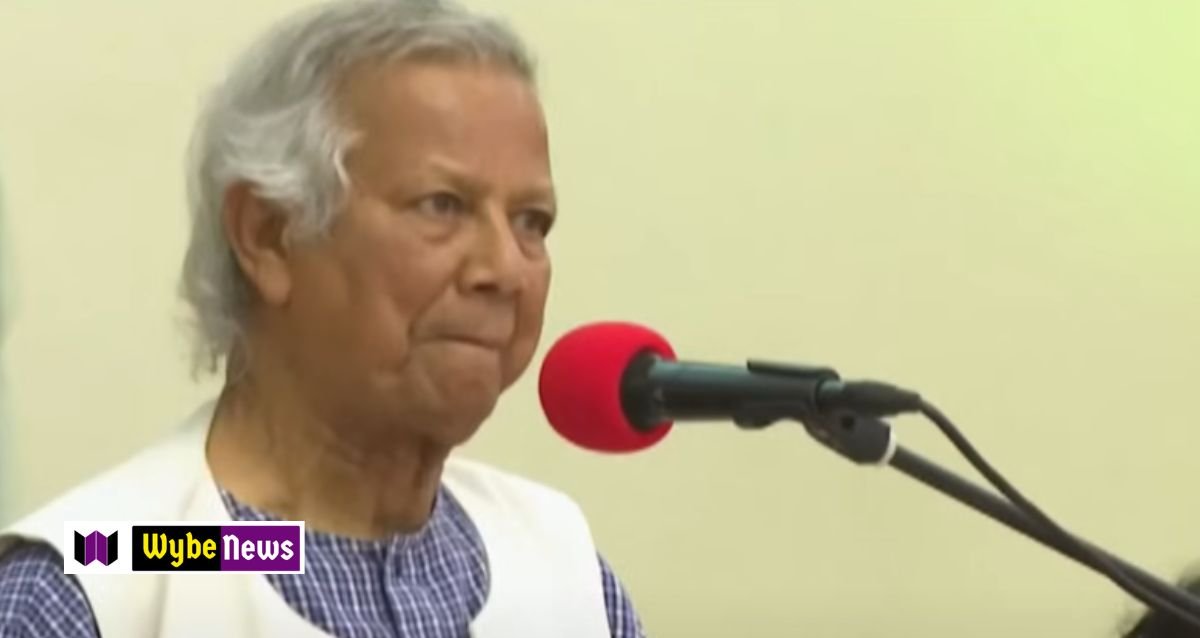New Zealand Implements Changes to Employment Visa Program: Addressing Migration Concerns and Prioritizing Local Job Opportunities

New Zealand Implements Changes to Employment Visa Program
New Zealand has recently made changes to its employment visa program in response to a near record level of migration last year, which the government deemed “unsustainable.” These changes aim to address concerns about the impact of high migration on the country’s economy and society.
English Language Requirement and Minimum Skills Criteria
One of the key changes introduced is the requirement for English language proficiency for low-skilled jobs at levels 4 and 5. This measure aims to ensure that migrants have the necessary language skills to effectively communicate and integrate into the workforce.
In addition, a minimum skills and work experience threshold has been set for most employer work visas. This criteria will help ensure that migrants possess the required qualifications and experience to contribute effectively to the New Zealand workforce.
Reduced Maximum Continuous Stay and Disbandment of Franchisee Accreditation
Another significant change is the reduction of the maximum continuous stay for most low-skilled roles from five years to three years. This measure aims to prevent long-term dependence on migrant workers for low-skilled positions and encourage the recruitment and training of local talent.
Furthermore, the franchisee accreditation category will be disbanded, and firms will need to follow standard, high-volume, or triangular employment accreditation processes to hire overseas workers. This change aims to ensure that employers engage with local job agencies and consider New Zealanders for available positions before seeking migrant workers.
Immigration Minister Erica Stanford emphasized the government’s focus on attracting and retaining highly skilled migrants to address specific skill shortages, such as secondary teachers. However, she also stressed the importance of prioritizing job opportunities for New Zealanders in sectors where there are no skill shortages.
These changes come in response to a significant increase in migration to New Zealand, with a near record 173,000 people migrating to the country last year. The government aims to strike a balance between attracting skilled migrants and safeguarding the interests of New Zealanders in the job market. Similar concerns have been raised in neighboring Australia, which has also seen a surge in migration and plans to reduce its migrant intake over the next two years.






